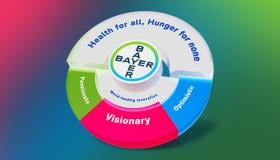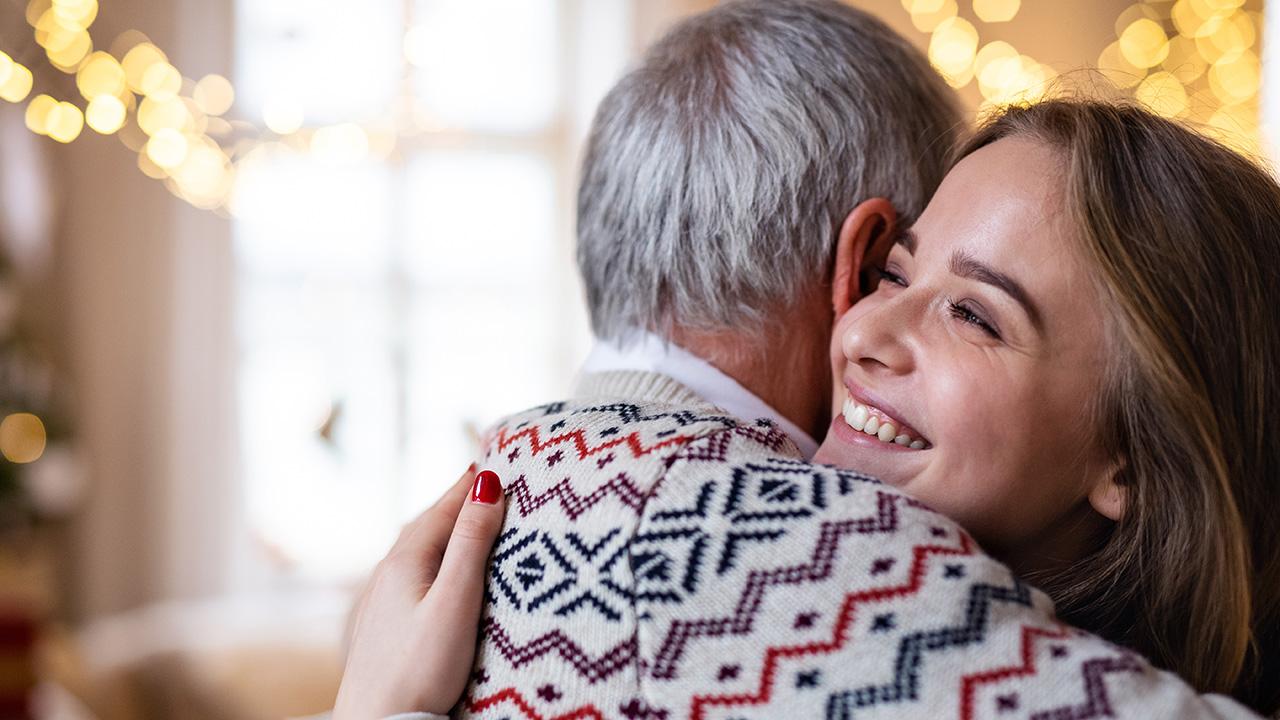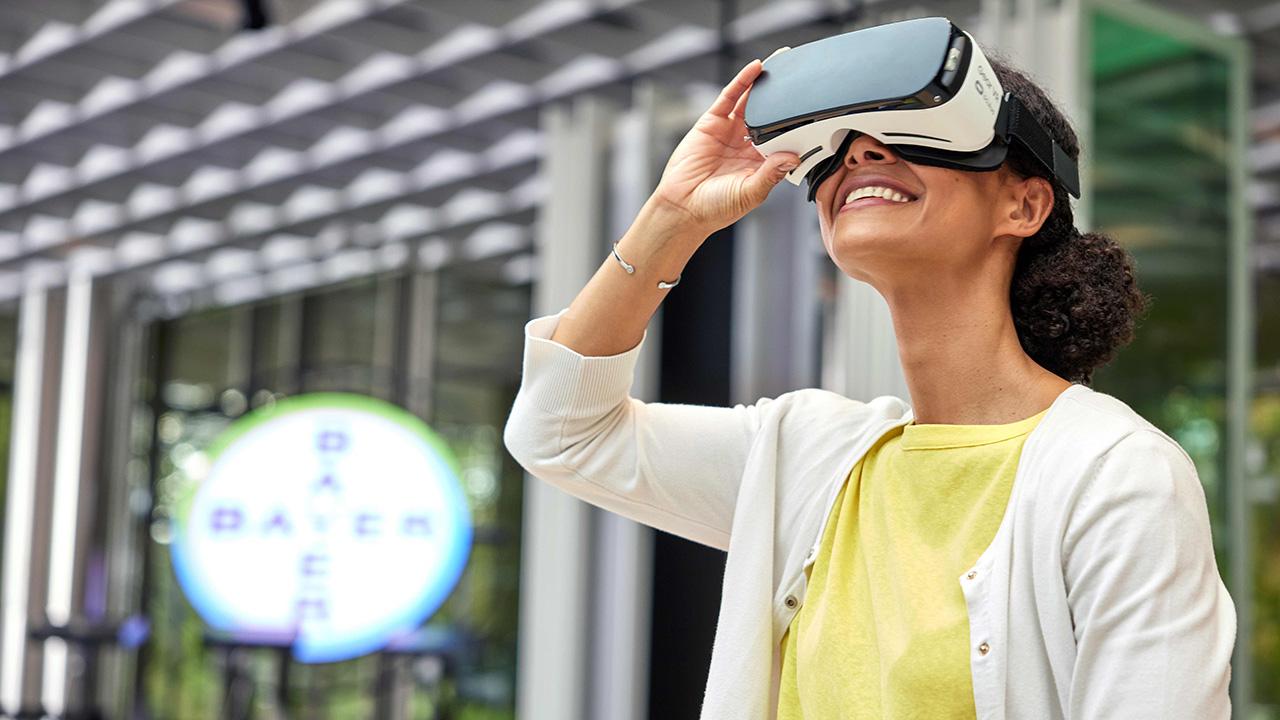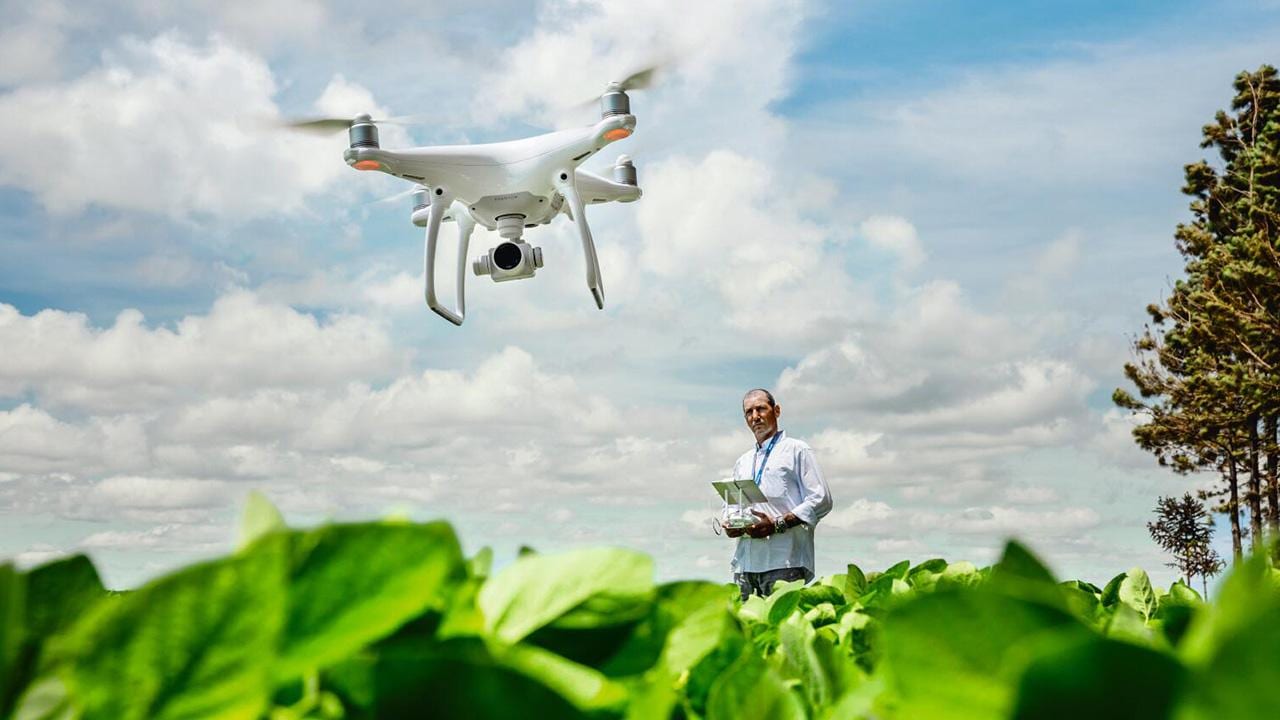Photo, Video and Motion Design
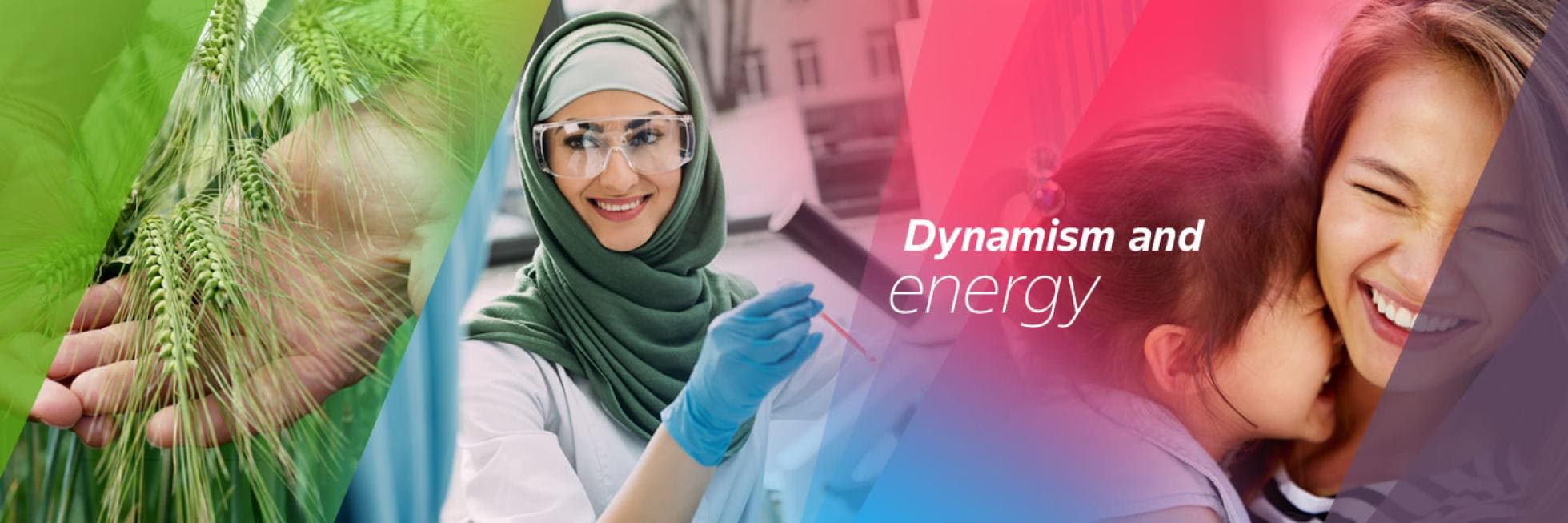
Our imagery, videos and animations play a vital role in bringing to life our brand attributes. We are a visionary, passionate and optimistic brand, so where possible try to think of scenarios and storyboards that capture our brand personality.
Show how Bayer is helping our people and our planet thrive in a vibrant and energetic way. Our assets and toolkits presented on this page will help you get there! The images and videos should underpin our mission Health for all, Hunger for none.
Our principles for photography & videos
- Be warm, vibrant, colorful, and positive.
- Express the visionary, passionate and optimistic brand personality.
- Play with depth and focus.
- Be spontaneous and real, not posed or staged.
- Show a diverse and inclusive world, full of life.
- Show different viewpoints from up-close, to wide-angle.
- Colors and design reflect accessibility.
Would you like to know how to better prepare a photo and video shooting? Please click here
Photos, Videos and Audio Files from Media Pool
Most of the photos and video footages in the Media Pool are license free and have perpetual global usage. You can also give permission to a third party or Bayer affiliate to use these assets for any Bayer related content. If you want to produce your own photos and videos, please refer to the Photography and Video Check List in the righthand column. Please don’t forget to sign a Model Release Form with the models you use.
Farmers in a greenhouse
Mission Films Consumer Health Mother
Organic vegetables with drops of water
Young and older women of different nationalities stand together arm in arm
Corporate Brand Video Toolkit for your next project
Videos are one of the most popular formats for sharing content, especially on social media. You’re editing a video and ask yourself how to ensure that it’s on brand? Our video toolkit is here to help you! The toolkit should be used for day-to-day video content requirements and as a reworkable tool for video editing. You can find the whole video toolkit on Media Pool.
In our photo and video checklist, you find insightful tips and step-to-step instructions for your next video or photo production.
Motion Design assets for flexible use in various channels
A picture is worth a thousand words – image in motion might even top that.
Motion design is the audiovisual creation of moving images through typography and graphic design and helps us creating a unique brand experience.
Have a look at our animated design assets for a dynamic brand experience. (Animated materials)
These assets will be useful in environments where our brand has to compete with other brands like in trade fairs, events or in public space. Next to Live experience channel they can also be used as B-roll or design frame material in video productions or similar.
Depending on the actual channel use them mute or combine them with sound.
When creating motion assets – make sure they are aligned to the brand principles
In addition to Photo & Video principles:
- Content should be relevant, and fact driven
- Be entertaining and bold, but avoid artificial or nonserious looks
- For the right use of colors or gradients visit our color page
- Depending on channels, optimize the file format or size for a proper user experience and performance
If you have any further questions about this or any other section of Bayer Identity Net, please contact:

